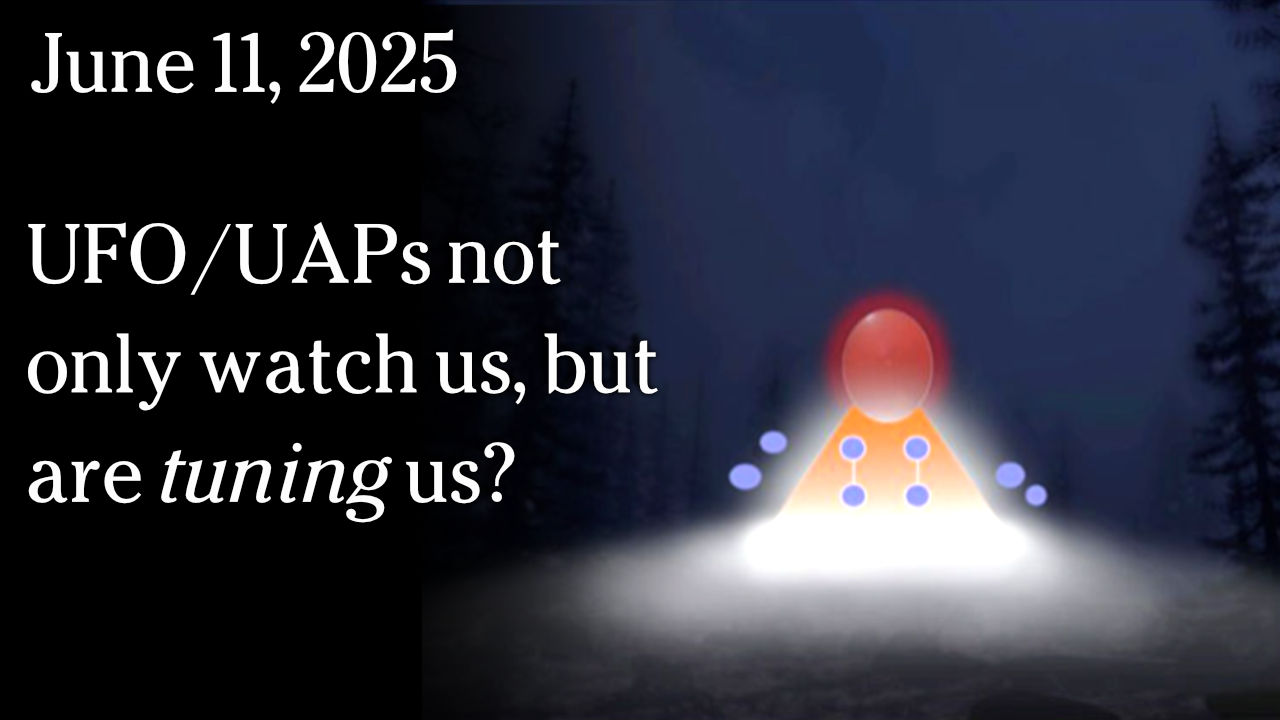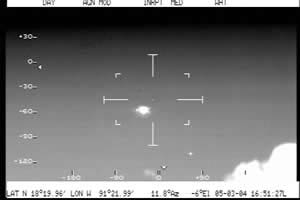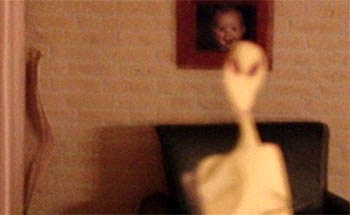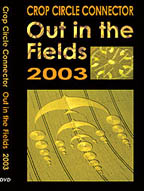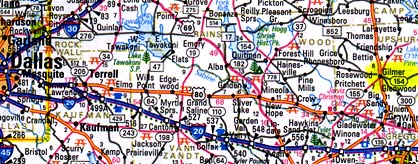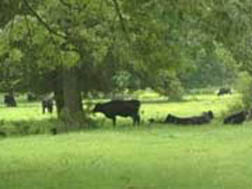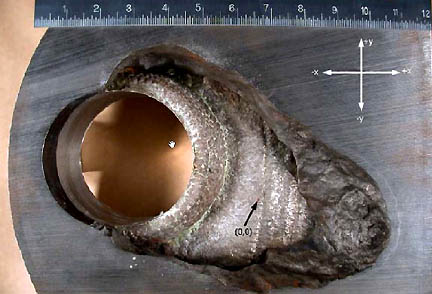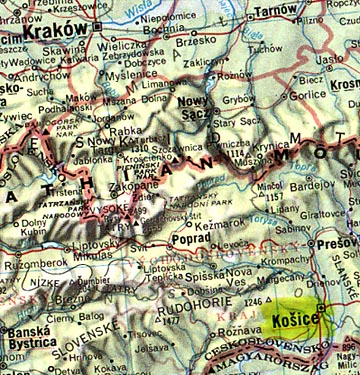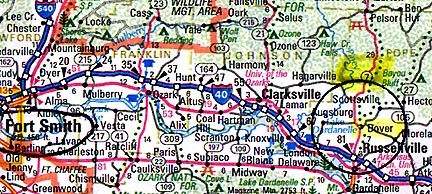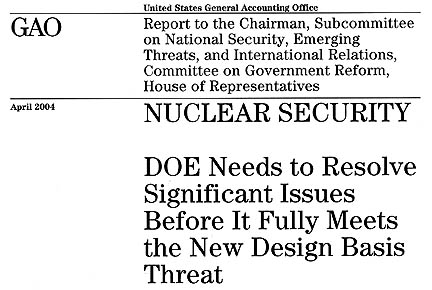[ Editor’s Note: Many questions, including size and energy intensity of the Mexico objects, are yet to be answered. FLIR camera engineers are studying the infrared images. Earthfiles’ journalistic goal is to continue updating new information and refine technical facts as they are clarified. More updates and a special feature about infrared frequencies and infrared technologies will appear in upcoming Earthfiles reports. ]
May 13-14, 2004 Mexico City, Mexico – On April 20, 2004, independent TV producer and journalist, Jaime Maussan – who has worked in Mexico City media for thirty-two years – received a call from Mexico’s Secretary of Defense office. Jaime went the next day on April 21 to meet with General Clemente Vega Garcia, Secretary of Defense, and his staff. One of General Garcia’s challenges is to stop narcotics trafficking. He told Jaime that on March 5, 2004, Mexican Air Force pilots in the 501st Aerial Squadron were flying a Merlin C26A Bimotor airplane in a routine flight to look for aircraft trying to smuggle drugs near Ciudad del Carmen in the State of Campeche. The Merlin C26A was equipped with FLIR (Forward Looking Infrared) StarSAFIRE II and RADAR APS 143 (V) 3 made by Telephonics (See websites below). In the war on drugs, infrared cameras are used to photograph the heat from airplanes trying to fly at night without navigation lights to avoid police.Click for report.



